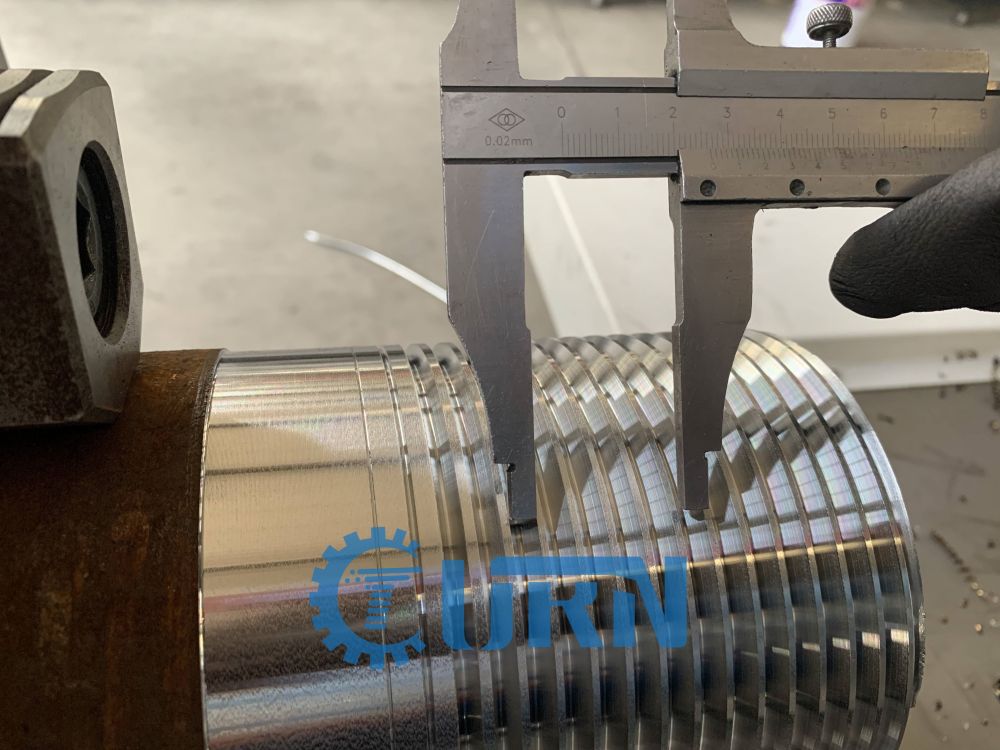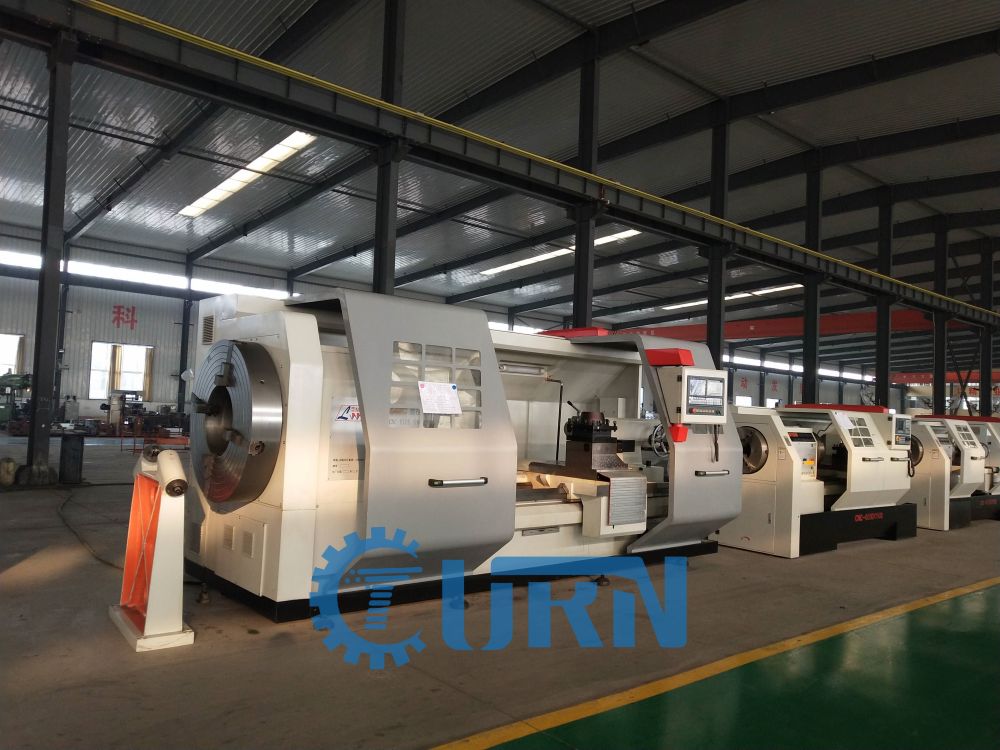Horizontal lathes can process various types of workpieces such as shafts, discs, and rings. Reaming, tapping and knurling, etc. Horizontal lathes are the most widely used type of lathes, accounting for about 65% of the total number of lathes. They are called horizontal lathes because their spindles are placed horizontally. The main components of a horizontal lathe are headstock, feed box, slide box, tool rest, tailstock, smooth screw, lead screw and bed. The main features are large low-frequency torque, stable output, high-performance vector control, fast torque dynamic response, high speed stabilization accuracy, and fast deceleration and stop speed.
The normal use of a horizontal lathe must meet the following conditions: the power supply voltage fluctuation at the location of the machine tool is small, the ambient temperature is lower than 30 degrees Celsius, and the relative humidity is less than 80%.
1. Environmental requirements for the location of the machine tool
The location of the machine tool should be far away from the vibration source, avoid the influence of direct sunlight and thermal radiation, and avoid the influence of humidity and airflow. If there is a vibration source near the machine tool, anti-vibration grooves should be set around the machine tool. Otherwise, it will directly affect the machining accuracy and stability of the machine tool, which will cause poor contact of the electronic components, failure, and affect the reliability of the machine tool.
2. Power requirements
Generally, horizontal lathes are installed in the machining workshop, not only the ambient temperature changes greatly, the use conditions are poor, but also there are many kinds of electromechanical equipment, resulting in large fluctuations in the power grid. Therefore, the position where the horizontal lathe is installed requires strict control of the power supply voltage. Power supply voltage fluctuations must be within the allowable range and remain relatively stable. Otherwise, the normal operation of the CNC system will be affected.
3. Temperature conditions
The ambient temperature of the horizontal lathe is lower than 30 degrees Celsius, and the relative temperature is less than 80%. Generally speaking, there is an exhaust fan or a cooling fan inside the CNC electric control box to keep the working temperature of the electronic components, especially the central processing unit, constant or the temperature difference changes very little. Excessive temperature and humidity will reduce the life of control system components and lead to increased failures. The increase of temperature and humidity, and the increase of dust will cause bonding on the integrated circuit board and cause short circuit.
4. Use the machine tool as specified in the manual
When using the machine tool, the user is not allowed to change the parameters set by the manufacturer in the control system at will. The setting of these parameters is directly related to the dynamic characteristics of each component of the machine tool. Only the value of the gap compensation parameter can be adjusted according to the actual situation.
Post time: Apr-28-2022









